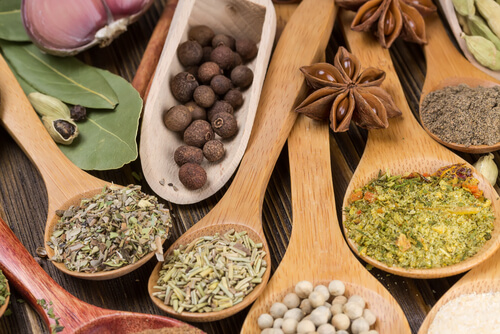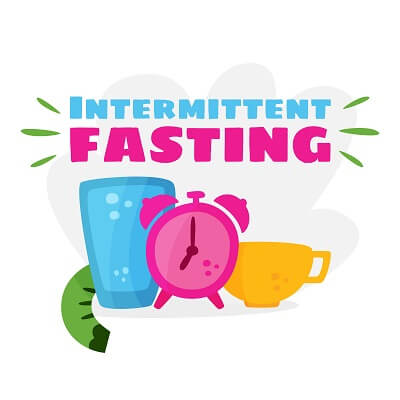Myocardial infarction, more commonly known as a heart attack, happens when the blood flowing to your heart stops or reduces in volume. The lack of blood causes subsequent damage to the heart muscle and the surrounding blood vessels. You can typically recognize the signs that a myocardial infarction is imminent when you begin to experience a certain few symptoms. The most common sign of a heart attack is chest pain or discomfort. The pain has been known to spread from the chest to the left shoulder and arm. It also has been known to spread to the jaw, neck, and back.
There are many factors that can put you at risk of suffering from a myocardial infarction. It can be simply genetic, but it is most often a combination of genetics and external environmental factors. Smokers, obese people, inactive people, etc. are all at risk of incurring a heart attack. Another major cause of heart attack is sticking to a heavy red meat diet.
When you ingest red meat or other high cholesterol foods, they begin to interact with the microbes contained in your gut. The microbes make use of a nutrient called choline, which is present in high cholesterol foods to produce a compound called trimethylamine Noxide or TMAO. The trimethylamine Noxide compound alters the arterial walls and galvanizes your blood platelets. This drastically increases your risk of contracting blood clots, and arterial blockages that can lead to strokes and myocardial infarctions.
The best way to lower your risk of succumbing to a heart attack is to reduce your red meat consumption and increase your intake of probiotics. Cutting out the red meat naturally leads to a reduction in the symptoms caused by eating too much. And eating probiotics keeps your gut environment healthy.








